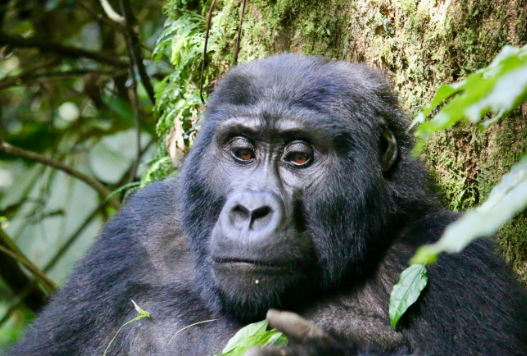Title: Understanding Gorilla Vocalizations and Their Meanings
Introduction
Gorillas, our closest relatives in the animal kingdom, have a complex system of vocalizations that provide insight into their emotions, social structure, and communication methods. Understanding these vocalizations not only deepens our appreciation for these magnificent creatures but also enhances conservation efforts as we learn more about their behaviors and needs.
The Many Sounds of Gorillas
Gorillas communicate through a variety of vocalizations, from grunts and barks to hoots and roars. Each sound carries specific meanings, often related to the gorilla’s emotional state or social dynamics. For example, low grunts often signify contentment and can be heard during relaxed moments among family members. On the other hand, deep barks may indicate alarm or the presence of danger. By paying attention to these vocalizations, researchers gain valuable insights into gorilla groups’ social interactions and their responses to threats in their environment.
Social Signals in Vocalizations
Vocalizations also play a significant role in establishing and maintaining social bonds within gorilla groups. Females tend to use softer, more nurturing sounds with their young ones, promoting comfort and safety. Male gorillas, especially silverbacks, may vocalize more deeply to assert dominance and communicate their power to rivals. These sounds create a hierarchy within the group, helping to maintain peace and order among members. Observing these interactions helps us understand the intricate social lives of gorillas and highlights the importance of preserving their habitats for future generations.
The Role of Vocalizations in Conservation
Understanding gorilla vocalizations is not just fascinating; it holds significant importance for conservation efforts as well. By recognizing the meanings behind their calls, wildlife researchers can monitor gorilla populations more effectively and identify changes in their behavior due to environmental shifts or human interference. This knowledge enables targeted conservation strategies that can help protect gorilla habitats and improve our understanding of their needs in a rapidly changing world.
Conclusion
Gorilla vocalizations offer a unique window into the lives of our closest animal relatives. From their social structures to their emotional expressions, these sounds are key to understanding their behavior and wellbeing. As we continue to learn more about these incredible creatures, we can take meaningful steps toward their conservation and protection. If you’re interested in discovering more about gorillas and how you can help, consider exploring local conservation initiatives or volunteering for wildlife programs. Together, we can ensure that future generations enjoy the wonder of gorillas and their vocalizations.

